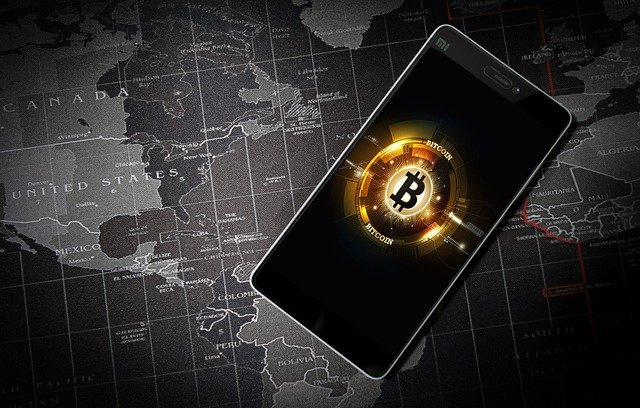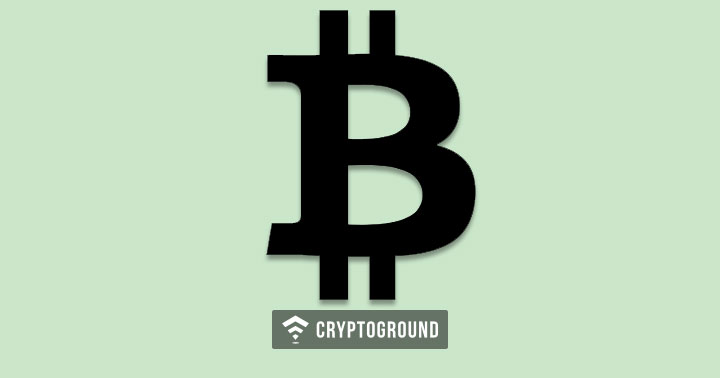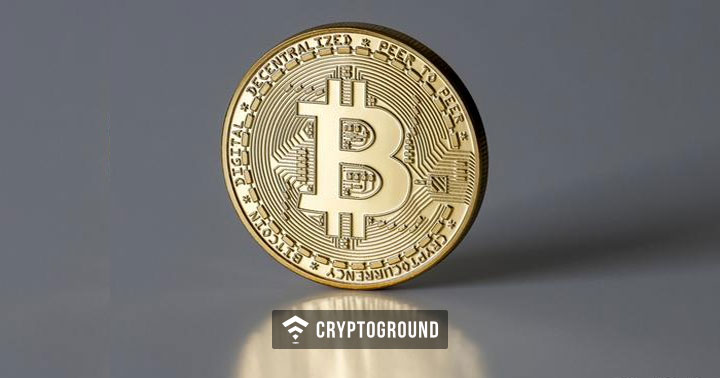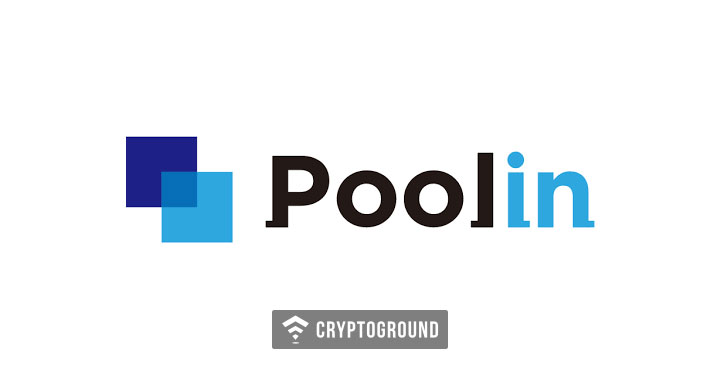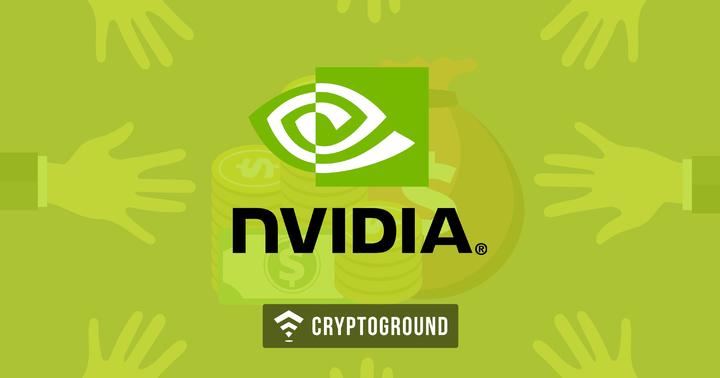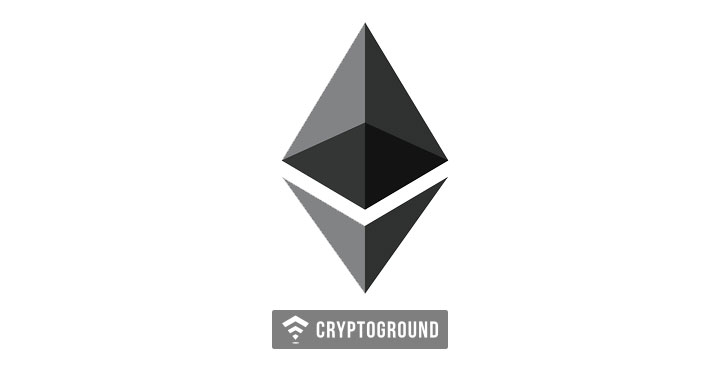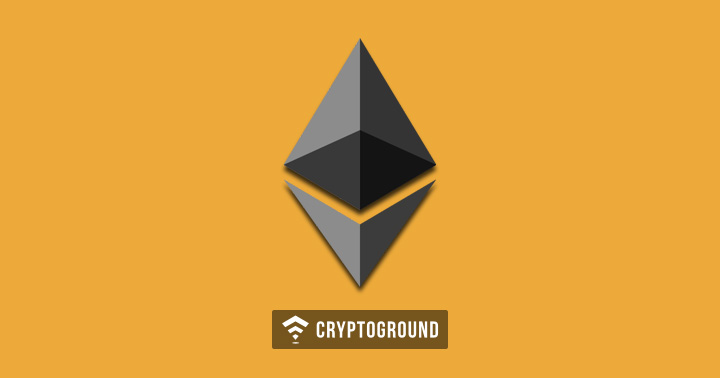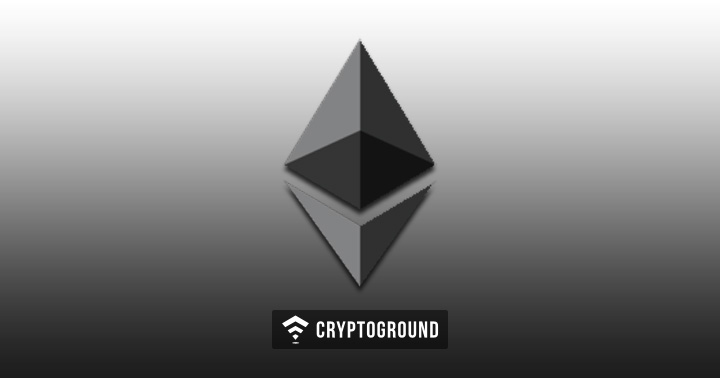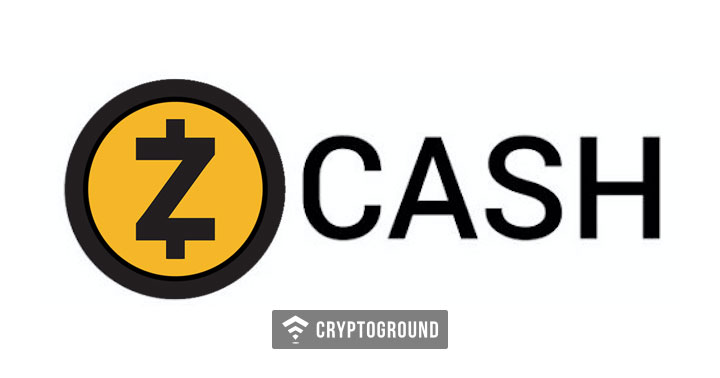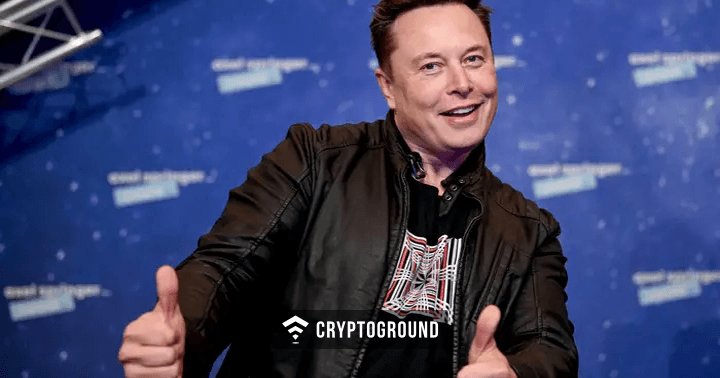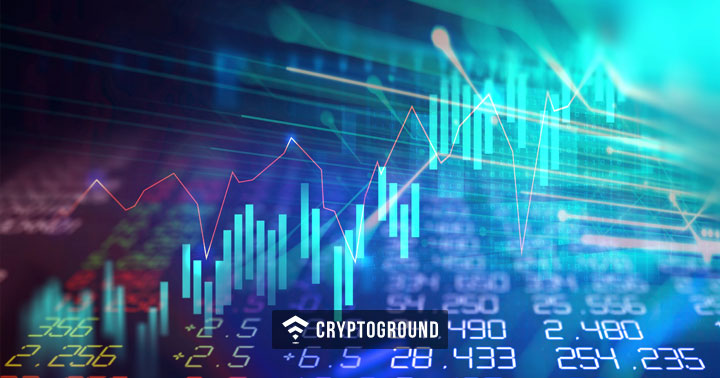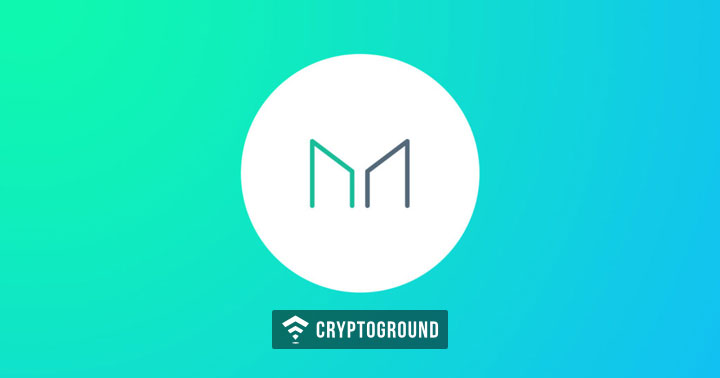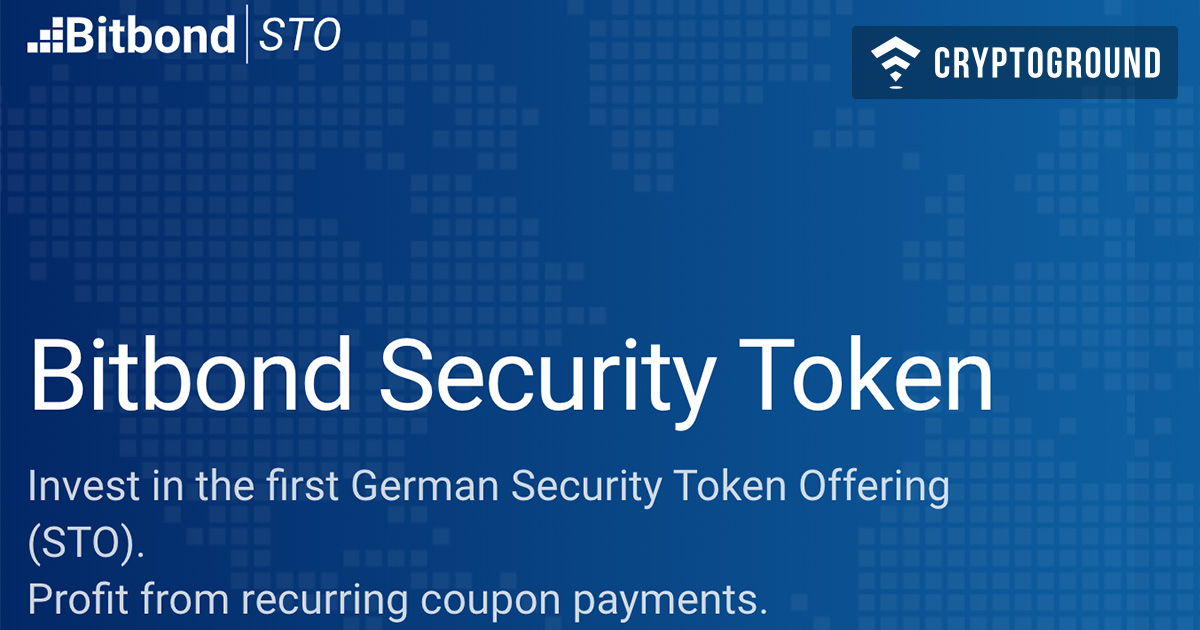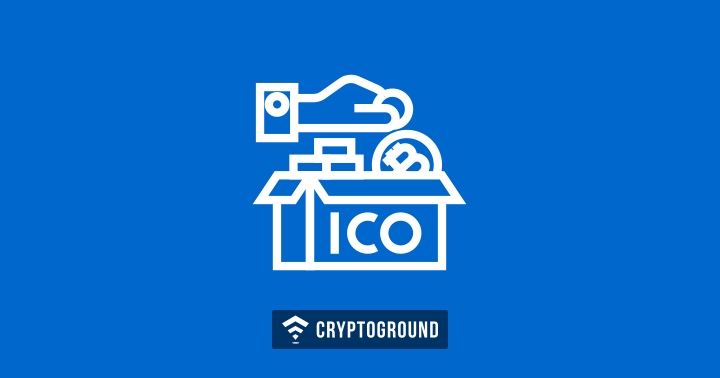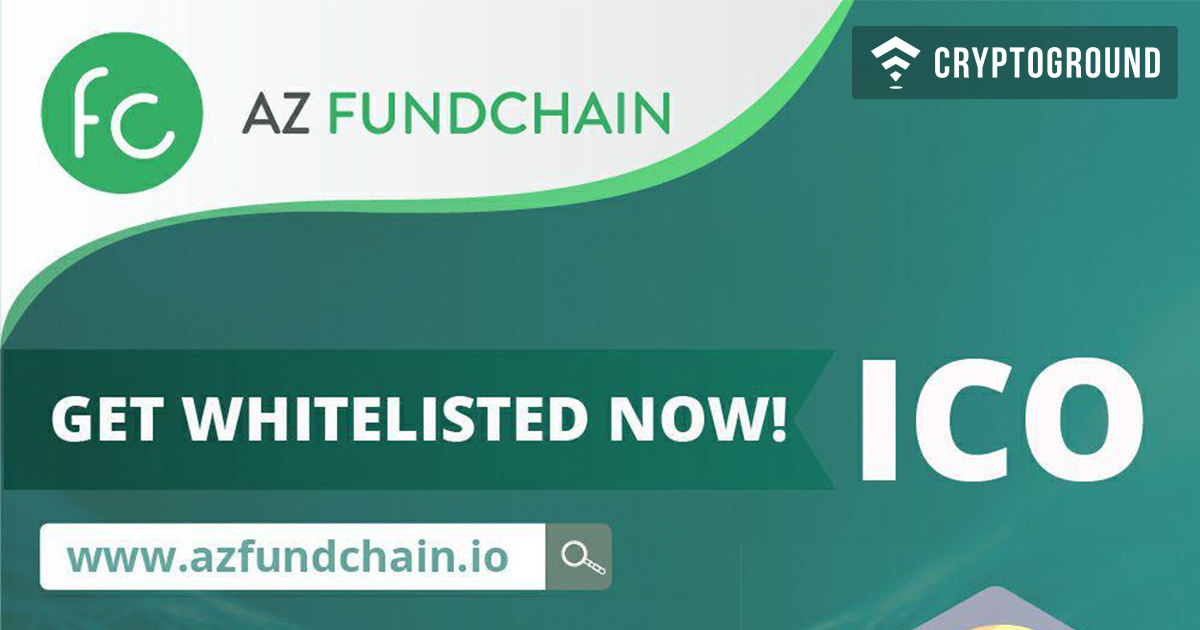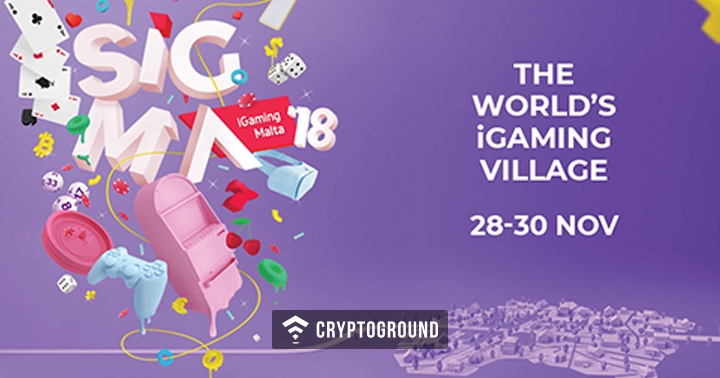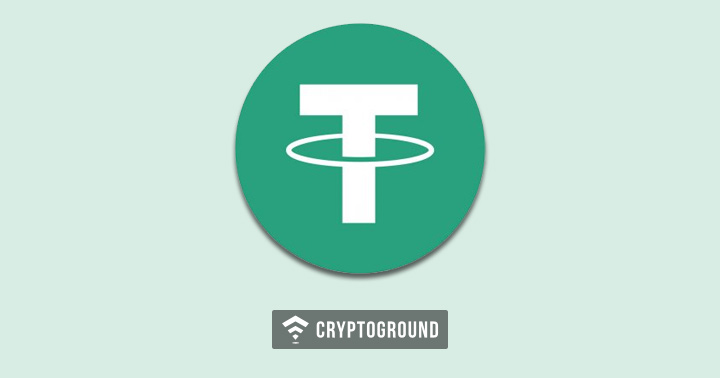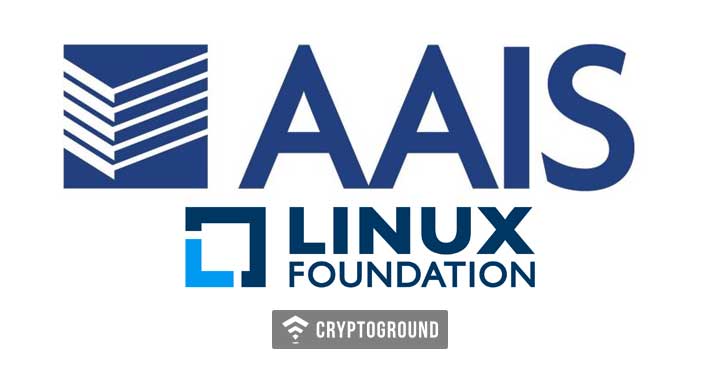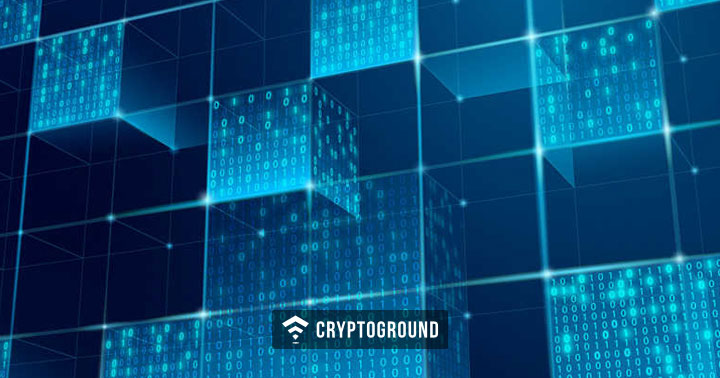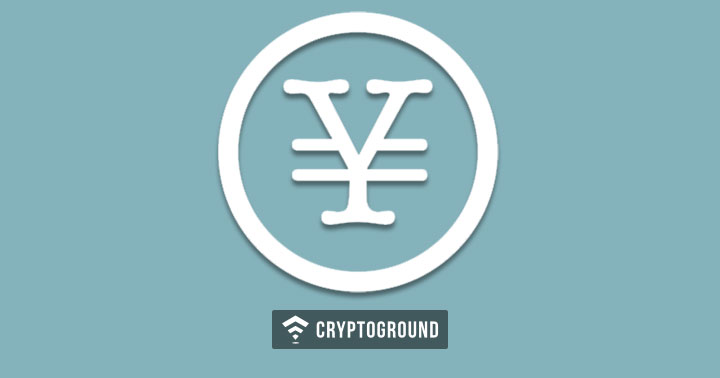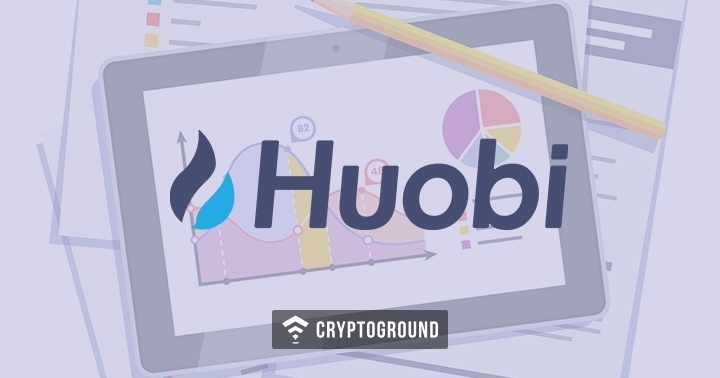Huobi, which is one of the world’s leading crypto exchanges has taken steps to decrease the supply of token’s which power its decentralized platform, Huobi Token (HT), in a Quarterly burning event.
Based on the firm’s statement, the crypto exchange deleted 14,011,700 tokens from 310,318,300 market supply at a rate which is 116% higher than its last quarter. The firm referred to enhancing market conditions and sales growth for the decision.
The latest initiative is taken to settle the cryptocurrency’s price and form an incentive for users to hold the token by controlling inflation. From 2018 beginning, the exchange launched Houbi token and started buying different tokens every quarter; the firm has spent 20% of the quarterly revenue by purchasing back outstanding tokens.
Revenue changes in every quarter that means Huobi doesn’t have to burn a consistent amount. Backed-up by strong growth, the firm’s revenue keep towards its token burning plan shows a rise of 232 percent quarter-over-quarter. From April 15, Huobi conducted eight token burning events of total 21,356,800 HT higher than 6,474,800 HT it redeemed in the first quarter.
All these tokens are then stored in a visible ethereum address, known as the Huobi Investor Protection fund and operate as a reserve fund.
Leon Li, who is the CEO and Founder of Huobi Group, stated:
“There are two big trends reflecting the size of this quarter’s buyback. The first is a rapidly strengthening market for digital assets and the other is the increasing popularity of our entire product line.”
Li stated, “The rest of 2019 will see even more improvements and innovations coming from Huobi,” aiming for more updates in the Huobi Finance Chain, a decentralized finance public blockchain and enhancements to the high-frequency algorithmic API.
In a specific blog post, the firm said that this token burn cycle “will be the last time HT tokens will be destroyed using the traditional buyback method.”
Moving ahead, the firm is planning to use revenues generated in the HT Tiered Fee deduction program to burn tokens instantly. The firm will start supplying two-thirds of the burnable tokens from team holdings, and others from the open market. Moreover, the firm is planning to shift its strategy of burning tokens on a monthly or daily basis instead of quarterly.
